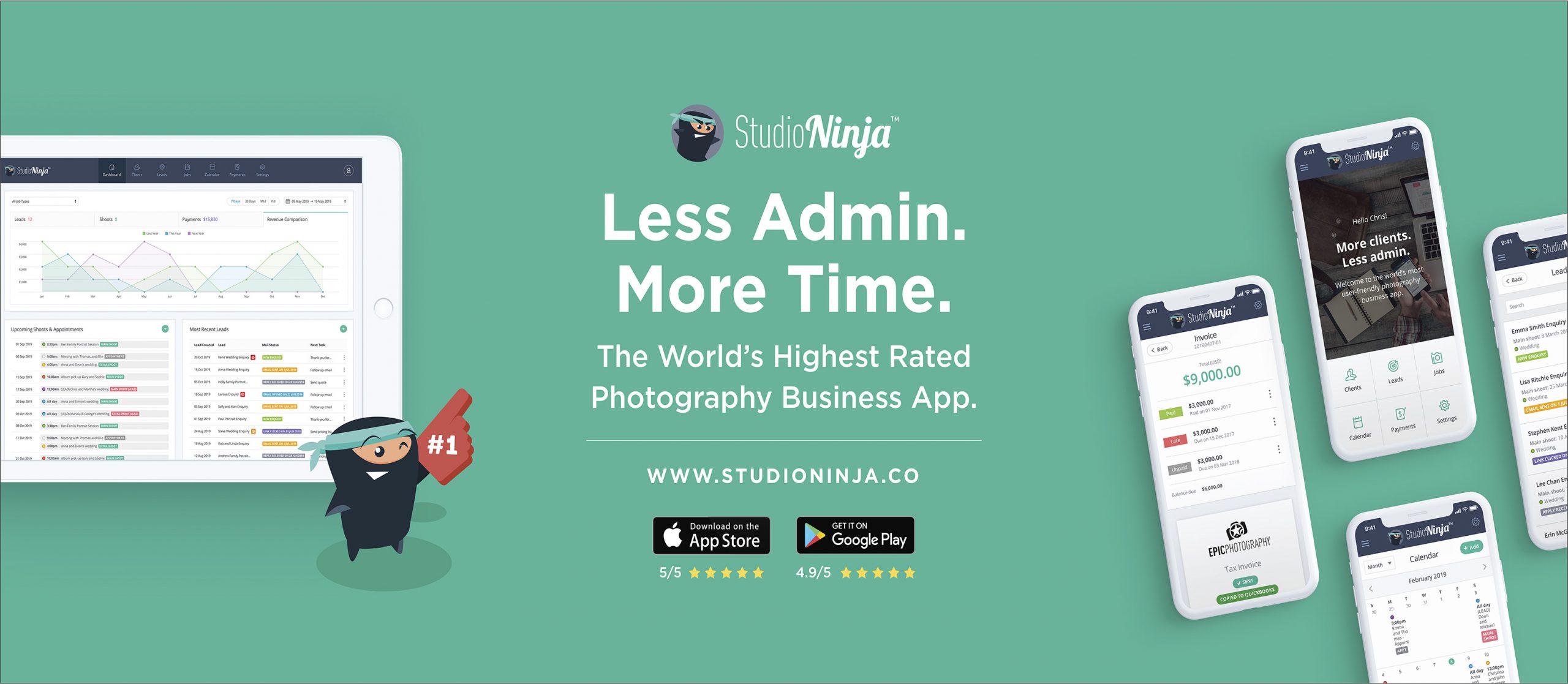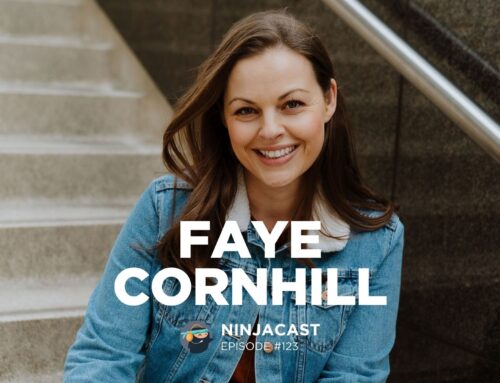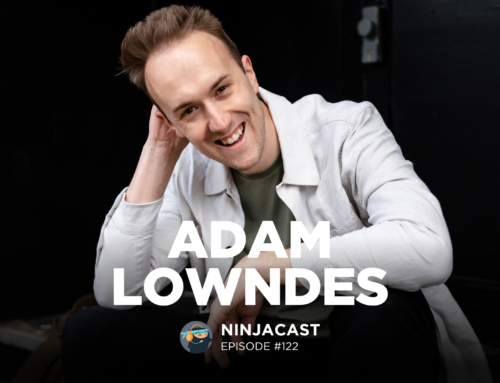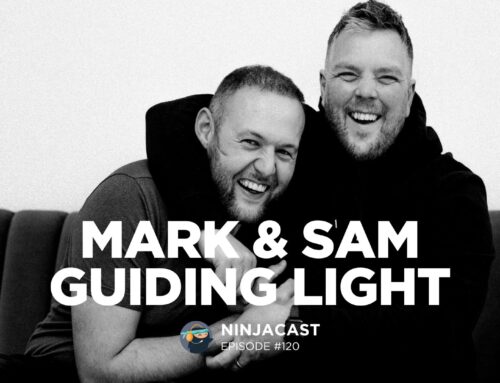069: Scott Josuweit – Systemising Your Business For Success & How To Get Started With In Person Sales
July 30, 2022
“Balance. Balance. Balance. Enjoy your life – there is a time for hustle and a time for being with your friends & family.”
SCOTT JOSUWEIT
Hey everyone! It’s Sally here, from Studio Ninja. Today’s episode is all about Scott Josuweit.
Check out some of the biggest points from Scott’s interview below:
How can our listeners ensure they’re consistent, they’re systematised in their business?

How does all of the organisation side of your business link into the more practical side?
And the one thing I’ve found after doing this for 10 years now is, there is no one trick pony, and you really need a well balanced marketing plan when it comes to things. And that’s a mixture of free and paid. I know a lot of photographers don’t want to hear that you need to pay for advertising and marketing, but it’s true that you do. In case people aren’t aware, typically you want to be spending between 5% and 10% of your total revenue on paid advertising. And so if you are grossing, let’s say $100,000 a year, that means you should be spending between $5,000 and $10,000 on marketing, which I know sometimes people are like, “That’s a lot of money.”
It’s like, “Okay, well, if you spent that you still have $,00090 or $95,000. That’s still a lot of money left over there,” but we need to get ourselves in front of people. And especially during the pandemic, I think many people realised is certain forms of advertising just would not work for them. We are in very different times. And so I really believe in just having kind of a well rounded approach and keeping as much of that kind of as automated and simplified as possible. So let’s just say Instagram, we’re all on there. We all use it on a regular basis. What I see so many times is photographers basically they’re like, “Oh, I haven’t posted in a while. I should probably post.”
And then they go sorting through for like 30 minutes trying to find that one photo that they really want to share, but usually being like, “Oh, I hate that, I hate that, I hate that,” right? Because we’re all our worst enemy. And then they find that photo and they’re like, “Ah, shoot, what should I caption? I don’t know. I don’t know what were, what were those other vendors that were on that wedding with me? No, I need to go back in my email and check that out so I can make sure I can tag them.” And then, “Oh, I guess I should probably tag the location and hashtags.” And before you know it, you’ve spent an hour making a single post that, let’s be honest, is not going to get much reach. Maybe 100 people will see it if you’re lucky these days.
And it’s such an antiquated process because number one, you’re doing it manually, so that’s your time. I always tell photographers, “You need to think about, instead of just jobs themselves, think about your hourly wage.” That’s a huge thing. So whatever you would want to pay yourself per hour, imagine taking that out of your bank account and withdrawing it if you just spent an hour doing an Instagram post and all of a sudden you’re going to go, “Oh, I need to speed this up or automated, because I just lost $50 or $100,” or whatever it is. So for me, I’m a big fan of PLANOLY. That’s just the one that I’ve really connected with. I know a lot of others have as well.
And basically, after every shoot that I do, I take all of the photos that were for my blog post and I upload those to PLANOLY. And then what I do is I have my virtual assistant. I’m a big fan of them because I shouldn’t be doing these things as someone else can very easily do for me. And they go through and basically tag the vendors with one click, because everything is all set up and organised for me. They add all the hashtags with one click, and they type in the location.
And that way, all I need to do is simply go in there and write a little caption and I’m all set. So I can take care of basically all of the content from a wedding. So let’s say 50 photos. I could do all of that and have it all scheduled out over a whole span of time. I could do all of that probably within about an hour or so. So I’m a big, big fan of just trying to make that as easy as possible so I’m not spending my time in the trenches on little things like that there. So that’s just kind of one example.

What are your top tips for SEO?

Thank you!
Thanks again to you all for joining us and a huge thanks to Scott for joining us on the show!
If you have any suggestions, comments or questions about this episode, please be sure to leave them below in the comment section of this post, and if you liked the episode, please share it using the social media buttons you see at the bottom of the post!
That’s it for me this week, I hope you all enjoyed this episode.
See you soon,
Sally
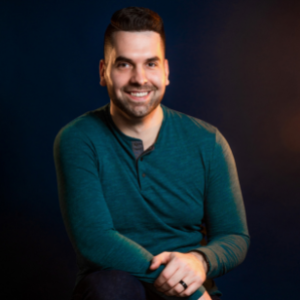
About Scott Josuweit
Scott is a former 7th grade special education math teacher turned world renowned wedding photographer and educator. He has photographed over 400 weddings and is an ambassador for some of the largest companies in the industry – MagMod, SLR Lounge, Sprout Studio, PBSCO, and Visual Flow. Scott created his educational coaching brand Purpose & Process during the pandemic in 2020 when he saw a way to combine his two true passions – teaching and photography. Purpose & Process is aimed at helping photographers identify their core values and create systems that serve those values so photographers can earn more and work less.
